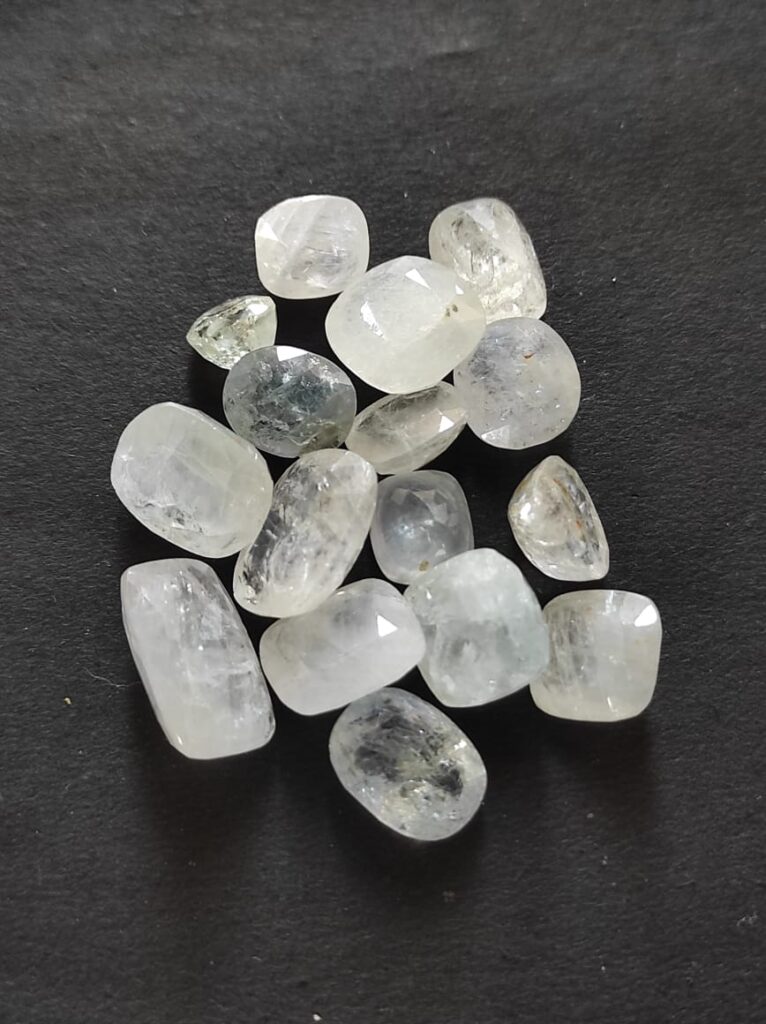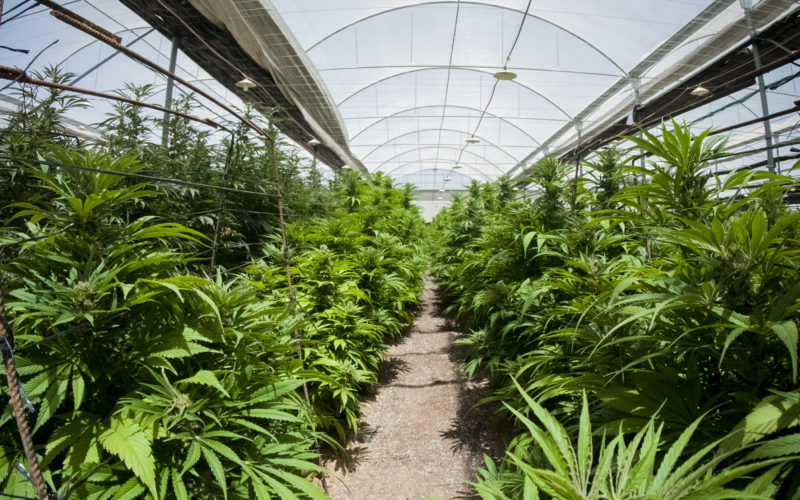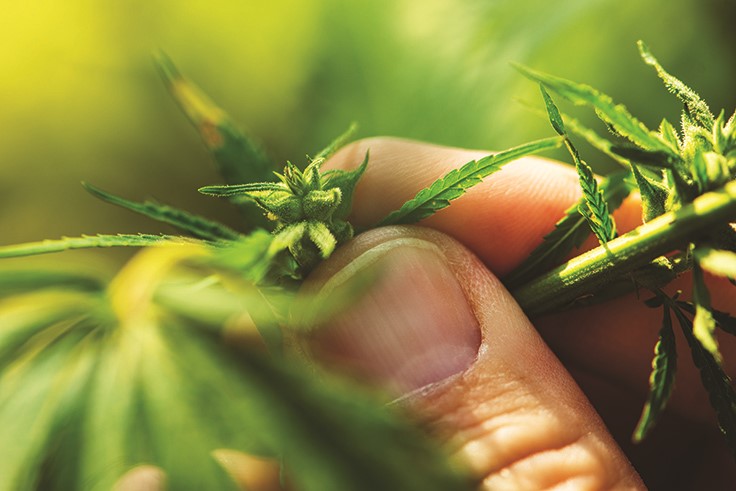Marijuana, popularly known as cannabis, has been cultivated for several millennia for its edible seeds, oil, fiber, and psychotropic and physiologic effects. Therefore, growing marijuana plants is quite enticing as it can potentially provide you with a regular supply of buds for medical or recreational use. Just be sure you follow state laws regarding medical and recreational growing and use.
Climate
Cannabis prefers a warm climate and a sunny location. It grows wild in many tropical and subtropical areas, often becoming large like a tree in just one year. However, this fast-growing annual may produce buds within four months after seeding. In spring, you can plant it for an autumn harvest in USDA hardiness zones 7 to 11. Growing cannabis plants is possible in all climates worldwide, as long as you reside in a nation or state where it is not unlawful to do so. The trick is to decide whether to cultivate outdoors or inside based on the length of your growing season.
Cannabis Varieties
Cannabinoids are not produced in sufficient quantities in textile-grade hemp, edible seeds, or seed oil to offer any medicinal benefit or mental stimulation. Look for Cannabis indica if you want to produce marijuana for relaxation. It can aid in managing tremors and discomfort caused by multiple sclerosis. Cannabis sativa stimulates appetite and reduces nausea during chemotherapy.
Planting Cannabis Seeds
If you can’t find a nursery that offers clones, your best chance is to acquire cannabis seeds online. Before planting, soak the seeds for two to three days. Begin by planting the seed in a sterile medium. Next, make a hole in coco peat or peat moss cup, place a seed, cover it, and water it. Maintain an even moisture level in the medium. When the seedlings appear, place the pots under an intense grow light. Lanky plants are the outcome of low light circumstances.
Planting the Seeds in the Garden
Select a sunny area. These rapidly developing plants are voracious consumers of sunlight. Therefore, a minimum of six hours of direct sunlight is required. Dig a deep and wide hole to prepare the bed. If you have much clay, add sand or perlite to help drainage.
If you wish to smoke the final product, use organic fertilizers. Manure, guano, and vermicompost are all excellent options. You should ensure pH levels are kept between 6.5 and 6.5. To encourage branching and boost production, snip the terminal buds.
Indoor Gardening
Indoor cannabis cultivation offers several advantages. You may give unique growing conditions customized to their demands throughout the vegetative phase and bud set and safeguard the plants from sudden frosts and other vagaries of nature and pests. Sow them in the same way you would outside farmed plants, then transplant them to a large container as needed when they stay indoors.
Choose a Grow Medium
Different materials may be used to grow them indoors or in pots outside. For example, good quality potting soil or soilless media, such as coco peat, can be utilized. Cannabis may also be cultivated hydroponically.
Select the Right Equipment
Choosing the proper growing equipment is critical to success and a high yield. Full bloom Hydroponics, for example, offers everything from tiny boxed installations to commercial equipment and light deprivation greenhouses.
All cannabis plants grown under adequate light circumstances will produce buds, but when grown indoors in controlled settings, you may do a few things to boost bud formation:
- Reduce the heat by a few degrees
- Reduce the amount of light to fewer than 12 hours each day
- Feed the plant a high phosphorus, low nitrogen fertilizer
Plant Maintenance
Whether you cultivate marijuana inside or outdoors, your plants require light, water, fertilizer, and temperature control. The light demand is considerable during the vegetative development phase. As a result, while growing cannabis indoors, investing in specialized grow lights is essential. Setting the lights to an 18/6 cycle is good since the plants require at least six hours of rest. During this off phase, complete darkness should be maintained. That is why grow tents are ideal for indoor cannabis cultivation. When cultivating cannabis outdoors, plants need at least six hours of direct sunlight from the south.
Cannabis plants dislike chilly temperatures, especially at night. Maintaining a consistent temperature promotes healthy development, but do not overheat. Temperatures between 70 and 75 degrees Fahrenheit are optimum for indoor cannabis production. It is beneficial to use a fan to circulate air around the plants. The majority of outdoor species can withstand temperatures as low as 50 degrees Fahrenheit.
Water
Cannabis plants can tolerate dryness, but they need a consistent water supply. Some plants can turn masculine due to water stress. Add pebbles or perlite to the potting mix (or dirt outside) and provide plenty of drainage holes—cannabis roots need adequate aeration. At all costs, waterlogging should be avoided.
Remove Male Plants
Male and female cannabis plants exist; the males contain the least amount of desirable cannabinoids such as THC or CBD. Therefore, it is ideal to remove male plants as soon as they are detected so they do not pollinate the female plants, which will induce the production of seeds in place of buds in your female plants. When female plants focus their resources on seed development, THC synthesis decreases.
Male and female plants look identical and cannot be distinguished until they are four to six weeks old. Keep an eye out for the first buds. They seem like little balls where the leaf meets the stem, but the female blooms have two thread-like pistils protruding. Some plants can become hermaphrodites, producing both male and female flowers. Hermaphrodites should be eradicated since these male blooms can pollinate the females on the same plants and all other female plants.
Gathering and Storing
When the blooming tips of the branches have filled out with buds, the hairs on them, known as trichomes, will signal when the buds should be harvested for the intended result. The trichomes first seem transparent and milky. You can harvest the entire bud head for medicinal purposes, including the bud leaves. Waiting a little longer will cause the trichomes to become yellow. If you desire a lower psychotic effect, this stage is appropriate. Postpone harvesting until all trichomes change color for a more potent smoke. To dry out the entire bud head, hang it upside down. Depending on the temperature and humidity, it might take a week or more. Curing it for another two weeks inside a brown paper bag eventually mellows the flavor. After that, keep the buds in a dry place.
Be Mindful of the Law
It is critical to stay updated on cannabis growing and storage rules. Even in places where marijuana is legal, there are limits on transporting it and the number of plants cultivated at one time.






